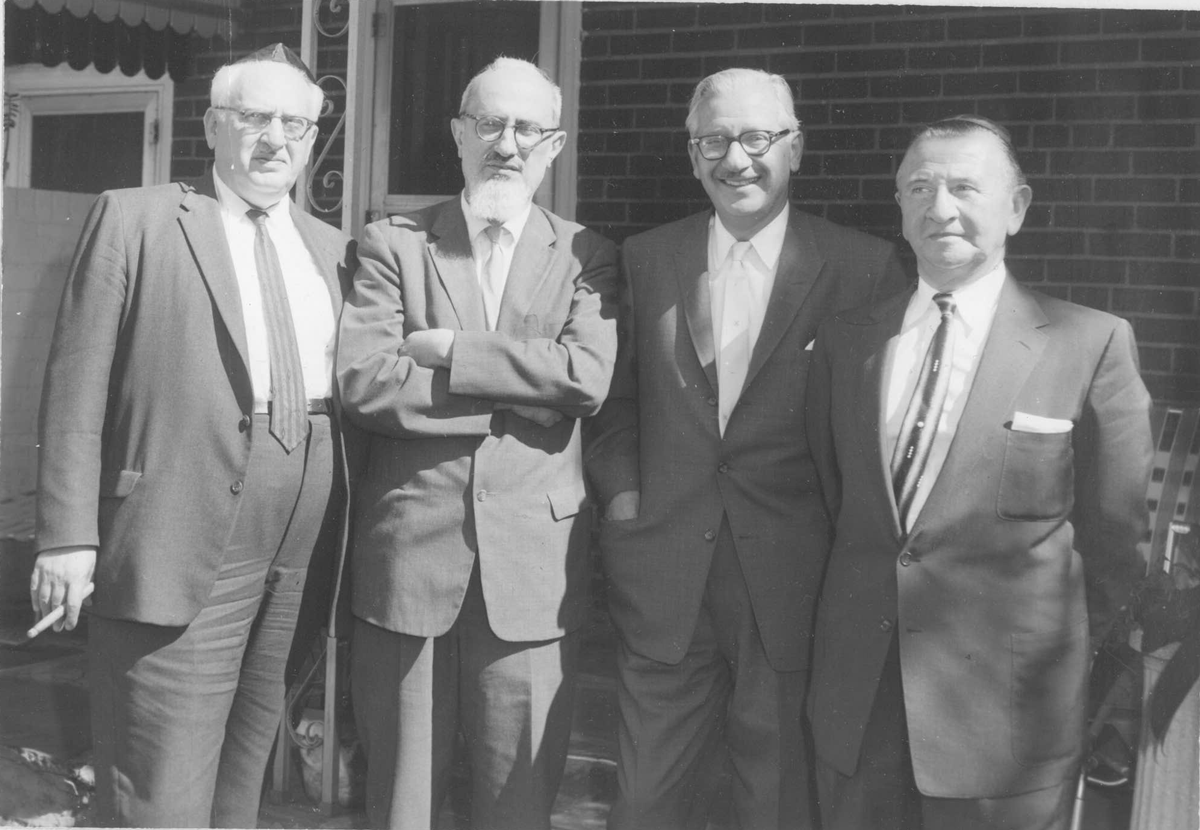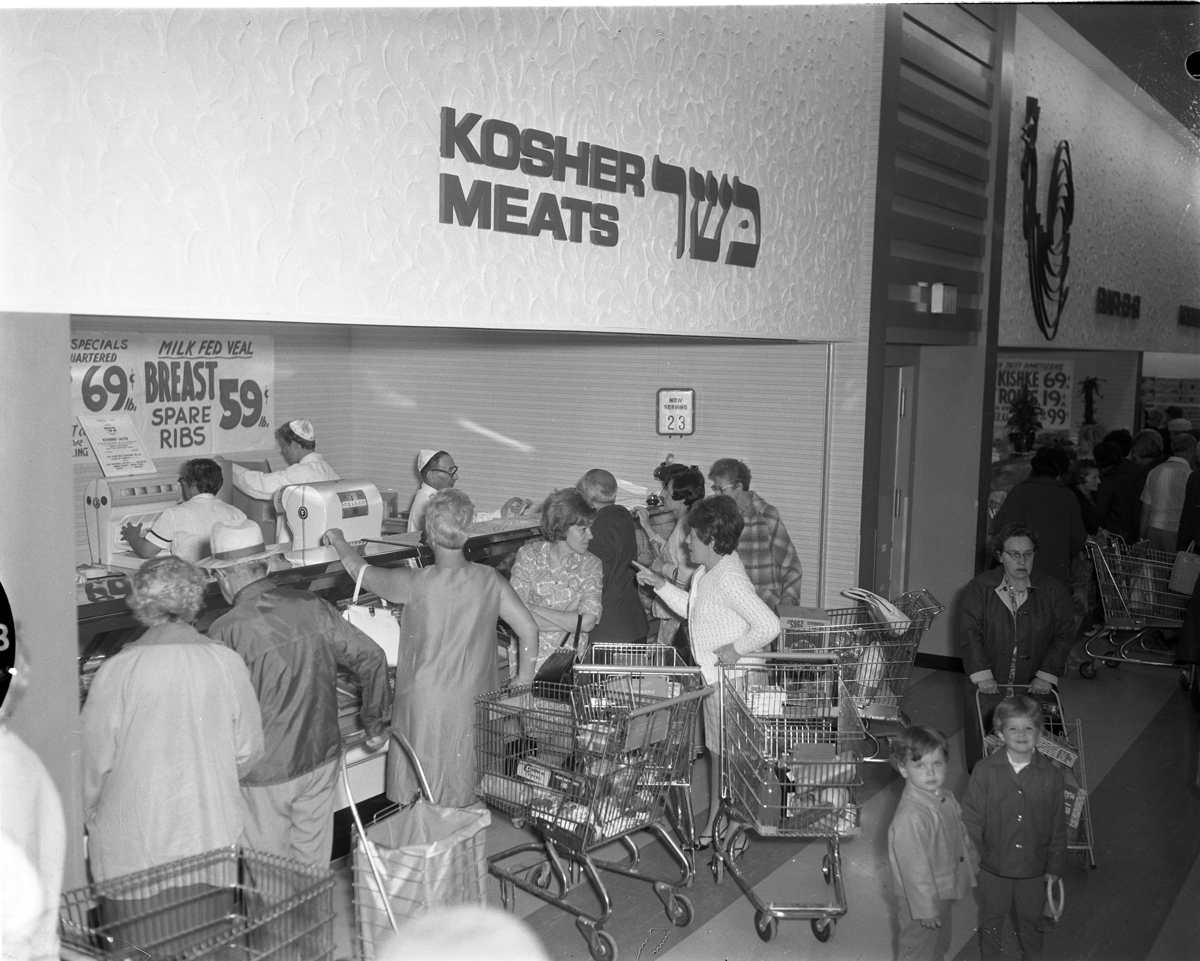In the 1940s and early 1950s kosher meat supply in Toronto was unregulated and chaotic, frustrating the local Jewish community. Rumours began to circulate of unscrupulous butchers passing off non-kosher meat as kosher. The Canadian Jewish Congress (CJC) was asked to help establish an organized supervisory regime for kosher meat in Toronto. In 1950 an Orthodox Division within Congress was established with 10 synagogue presidents appointed to serve on the Executive Committee and Mr. Meyer Gasner serving as Chairman. The Committee met in November 1952 and formally established the Kashruth Committee.

1) Consolidation of all existing forms of supervision under the auspices of the Kashruth Committee; and
2) The institution of an intensified public relations program to increase awareness and observance of the laws of kashrut.
During the November 1952 meeting the newly appointed Kashruth Committee was authorized to certify food products as kosher. In November 1953 the Kashruth Committee met and authorized the Chairman to invite rabbis to become members of a rabbinic advisory council—the Vaad Hakashruth.
In 1954, the name “Vaad Hakashruth of the Canadian Jewish Congress of the Central Region” was adopted. The membership consisted of 12 pulpit rabbis. The Rabbinical Council of the Vaad Hakashruth was made up of Rabbi G. Felder, Rabbi B. Rosensweig, Rabbi D. Schochet, and Rabbi W. Wurzburger. They had full authority over matters of halacha with respect to kashrut. Upon the recommendation of Rabbi Wurzburger, Rabbi Felder was appointed Chairman and became the organization’s driving force. Meyer Gasner became Chairman of the lay committee and Rabbi Nachman Shemen was engaged to run the department.

In June 1956 the name “Council of Orthodox Rabbis” was adopted by the rabbinic body affiliated with the Canadian Jewish Congress. This is the source for the widely known “COR” name and logo. The parties agreed that Congress would undertake the administrative responsibilities, while determination of all matters of religious law would be determined by the Rabbinical Vaad Hakashruth (RVH).

Prior to COR’s establishment, there had been problems with many butchers displaying unregulated signs saying “kosher”. Now, with the establishment of COR, there was one authority in Toronto, instead of a variety of unaffiliated rabbis, shochtim, and wholesalers. These individuals were now united under one banner to serve the common good and to ensure a high standard of kashrut in Toronto. By 1958, there were seventeen butcher shops under COR supervision.
During COR’s early years, the organization had a number of successes, perhaps chief amongst them was lobbying then Prime Minister John G. Diefenbaker to have Jewish ritual slaughter (shechita) approved by the government of Canada and protected by law.
For many years, Rabbi Gedalia Felder was COR’s leader as Chairman of the RVH, while Rabbi Yitzchok Kerzner was Vice-Chairman and later, Chairman of the RVH. Rabbi Mordechai Levin joined COR’s staff in 1984 to assist Rabbi Nachman Shemen in the administration of the department, and became Executive Director after his passing in 1993.

In July 2000, the Orthodox Division of Federation (COR) was incorporated as a legal non-profit entity and became the Kashruth Council of Canada.
Today, the Kashruth Council of Canada, or COR, is Canada’s largest kosher agency and among the largest kosher certifiers globally, certifying over 120,000 products at more than 1,200 facilities worldwide.